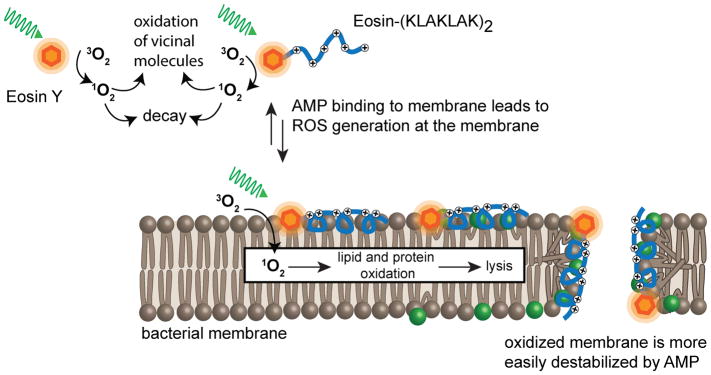Figure 7. Bacterial photo-inactivation by an AMP-photosensitizer conjugate.
The hydrophilic photosensitizer eosin Y generates ROS, including singlet oxygen, when irradiated with green light. By itself, eosin Y is relatively innocuous because it does not associate with bacterial cell walls. In contrast, eosin Y conjugated to the antimicrobial peptide (KLAKLAK)2 kills Gram negative and Gram positive bacteria effectively. The amphiphilic peptide moiety binds to bacterial membranes and promotes ROS generation in the vicinity of lipid bilayers. The bacterial membranes are destabilized by oxidation of membrane components and by action of the peptide. Overall, a synergistic relationship exists: the AMP renders the photosensitizer more effective at oxidizing membranes while the photosensitizer facilitates AMP-mediated membrane lysis.

